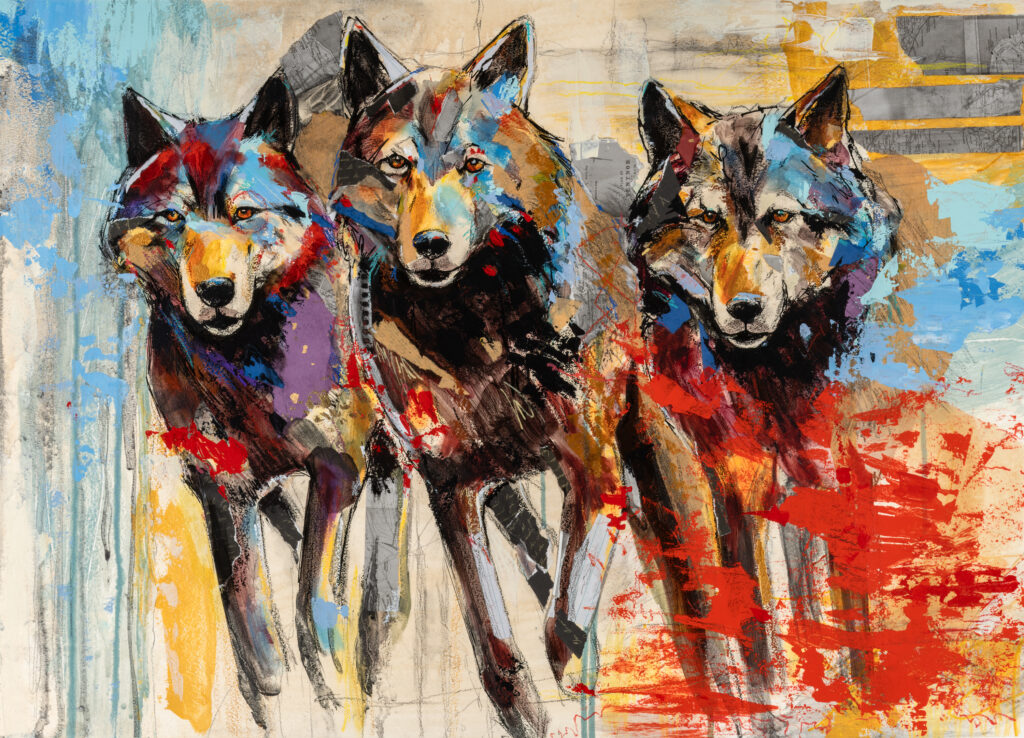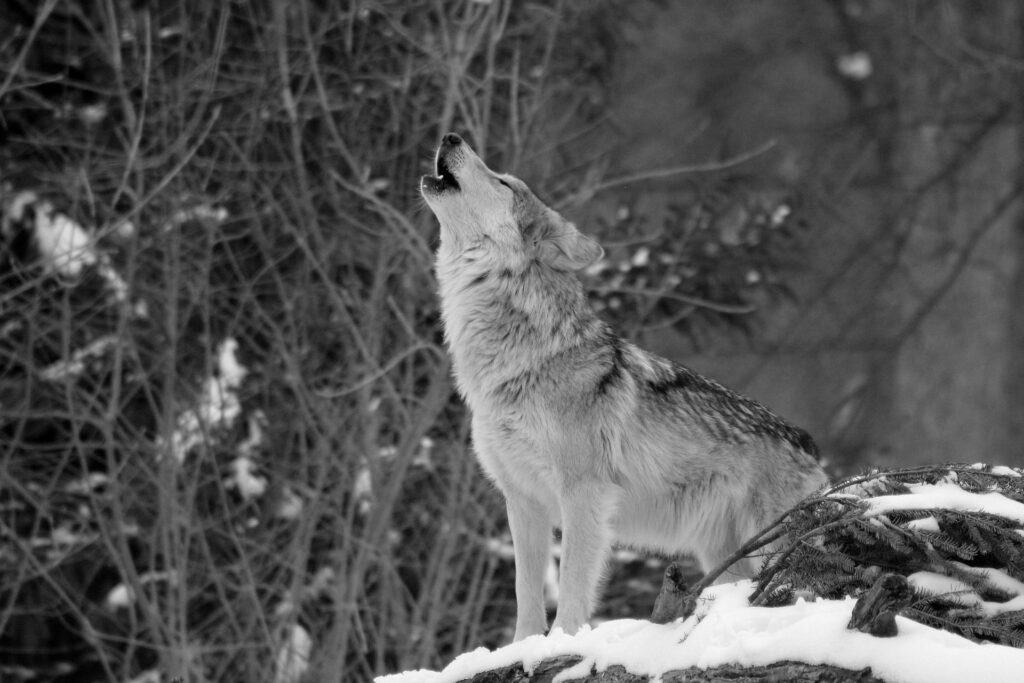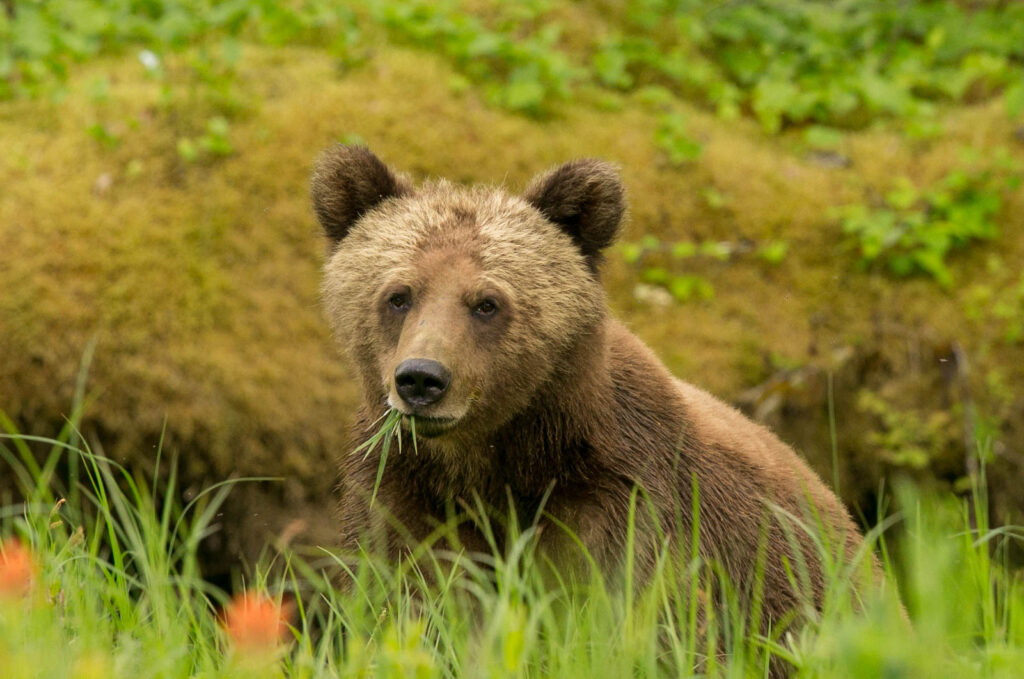Bear tracks ©Frank Fichtmueller Wolves, Grizzlies, and Black Bears still roam our landscapes, yet beneath the surface, fractures appear: knowledge slips away, social bonds unravel, and cultures vanish. This is how it is. Change unfolds quietly, unnoticed until the...






